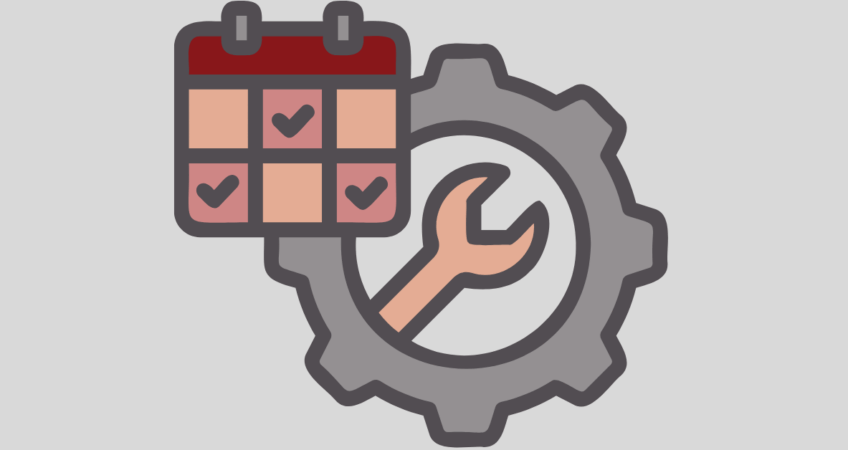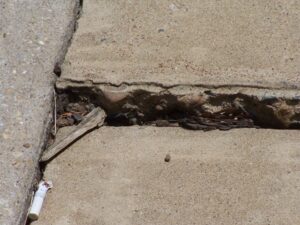Switching from a reactive, “fix-it-when-it-breaks” approach to a proactive preventive maintenance program can dramatically cut costs and extend the life of a community’s assets. While it’s a big shift, you don’t have to do it all at once. By following a few key steps, you can create a program that’s perfectly suited to your community’s unique needs.
Step 1: Identify and Prioritize Your Assets
You can’t start a preventive maintenance program with every single asset, so the first step is to focus on what’s most important.
- Make a List: Start by surveying all community-owned facilities and creating a comprehensive list of assets. A recent reserve study is a great shortcut, as it already lists most major assets and their current condition.
- Set Priorities: Narrow your list to the most critical assets. These are the ones whose failure would cause significant disruption, create safety hazards, or lead to major repair costs. For a high-rise, this might include boilers and fire safety systems. For an HOA, think about roads, sidewalks, and storm drains.
- Check Maintenance History: Look at the history of these assets. Does an asset have recurring maintenance issues but still have a long service life ahead? That’s a prime candidate for your program.
Step 2: Define Maintenance Tasks and Frequency
Once you have your initial list, the next step is to figure out what needs to be done and how often.
- Routine Inspections: For many assets, simple inspections are the most critical task. A quick check of a roof or pavement can spot a small problem—like a damaged shingle or a developing pothole—before it becomes a costly emergency.
- Scheduled Tasks: Other assets require more specific maintenance. This could include seasonal cleanings for boilers, infrared scans of electrical systems, or regular cleaning of gutters.
The two items pictured below are examples of maintenance items that can be readily identified through regularly scheduled inspections.
Damaged or missing roof shingles will result in damage to the roof, and the failed asphalt is allowing water to undermine the drain, which could cause it to collapse.
- Consult Manufacturers: Manufacturers’ manuals are an excellent source for detailed instructions on what maintenance is needed and how often. You can usually find these online or by contacting the manufacturer directly.
Step 3: Create a Smart Schedule
A preventive maintenance program is only effective if it’s consistent.
- Plan Ahead: Schedule inspections and maintenance tasks regularly. For example, inspect roofs and gutters twice a year—once in the spring and again in the fall.
Asphalt and concrete pavement should be inspected at least once each year to identify defects and potential trip hazards.
Sidewalk trip hazard Failed asphalt path
- Consider the Weather: Some activities are best performed after a specific weather event. A good time to check storm drains, for instance, is right after heavy rain to see how well they’re draining.
- Balance Workloads: Plan your schedule to avoid overloading maintenance staff during busy times or interfering with community activities. A little disruption is normal, but careful planning can minimize the impact.
Remember, starting a preventive maintenance program is a marathon, not a sprint. It takes time and effort to get it running smoothly, and you’ll likely see initial cost increases. But by starting small and staying persistent, you’ll find that the program will more than pay for itself in the long run through reduced costs and longer-lasting assets.
Are you looking to request a proposal for your community or facility now? Visit here!





